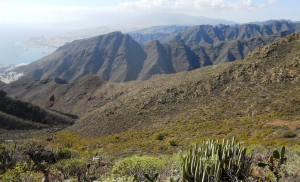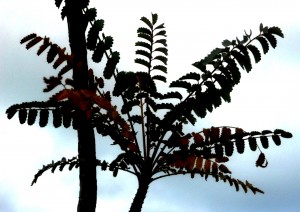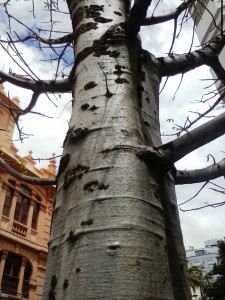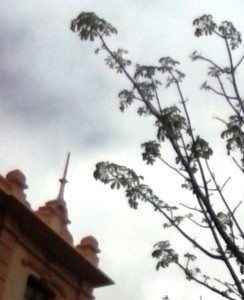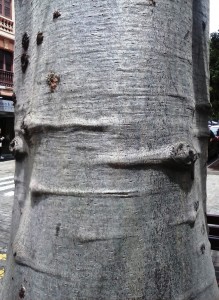Canarius.com will soon start selling Canarian native species. By now we only have a few shrubs for sale but more will soon follow in 2015. All our plants are legally grown in certified nurseries, not stolen in the wild!
Canarian plants are very specialised Island species. Many of them are suitable as ornamental plants, perfect for mediterranean climates or cold-greenhouses with little or no frost. In the lowlands we will find abundant succulents and shrubs, while at higher elevation there are some cool-growing species found in the laurus forest or in the native pinelands or alpine deserts. There are lots of endemic plants, which are only found in our islands.
Just one example: Marcetella moquiniana is an elegant shrub endemic to the Canary Islands, with architectural shape. Regularly arranged pinnate leaves show colouful petioles and flushes of new leaves are bright red. It grows wild at mid-low elevation, in mediterranean-like conditions. It is easy to grow and can be watered througout the year, as it is evergreen.
















